A new health system
On 1 July 2022 the Pae Ora (Healthy Futures) Act 2022 came into force and Aotearoa New Zealand began transitioning to a new national health system. The new health system is intended to be simpler and more coordinated, facilitate greater equity in health service delivery, and allow for better and more consistent healthcare to be provided across Aotearoa.
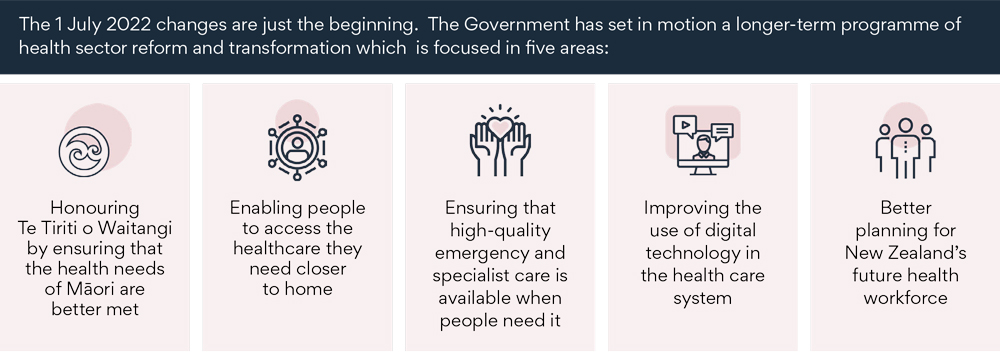
New entities, functions and responsibilities
The first stage of the health reforms included new public health sector entities being established, the existing entities being disestablished including District Health Boards (DHBs), and a reorganisation of functions and responsibilities. The diagram below shows the new entities and their relationships to one other.
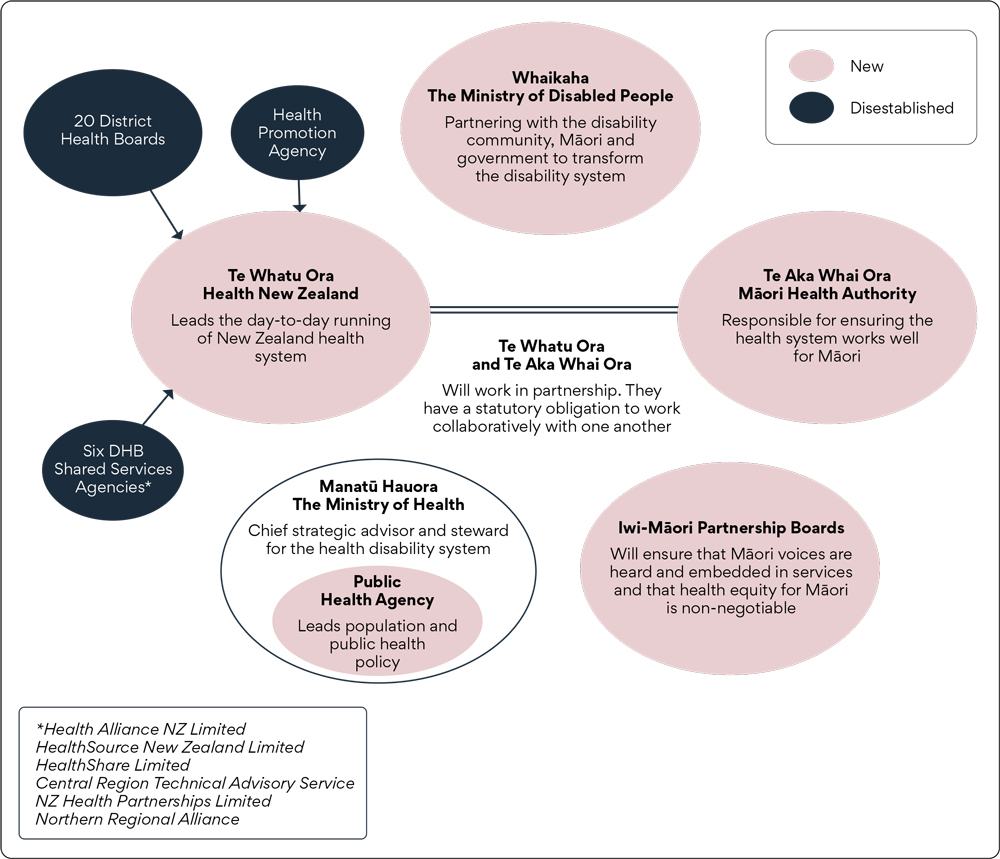
The key entities and their functions
|
Key entity
|
Function
|
|
Te Whatu Ora -
Health New Zealand
|
- New national entity
- Key purpose: Responsible for the planning and commissioning of hospital, primary and community health services (in partnership with Te Aka Whai Ora)
- Absorbed the functions of the 20 DHBs, the six DHB Shared Services Agencies and the Health Promotion Agency
- Will operate at a national, regional, district, and local community level, with the aim of providing services equitably across the country, but in a way that meets local needs.
|
|
Te Aka Whai Ora -
Māori Health Authority
|
- New national entity
- Key purpose: Shares responsibility with Te Whatu Ora for decision-making, planning and delivery of health services
- Also responsible for ensuring that the system understands and responds to the health and wellbeing needs of whānau Māori. It will do this in partnership with local iwi-Māori partnership boards, which will advise Te Aka Whai Ora (and other entities) on the needs of local communities.
|
|
Manatū Hauora -
Ministry of Health
|
- Existing ministry but with a revised focus
- Key purpose: Chief strategic advisor and kaitiaki of the health and disability system
- The former operational functions of Manatū Hauora have been transferred to other entities and Manatū Hauora will have a renewed focus on providing leadership and policy advice in respect of bigger picture issues such as the determinants of health and wellbeing
- A new Public Health Agency has been established within Manatū Hauora to lead population and public health policy, strategy, regulatory, intelligence and monitoring functions across the system.
|
|
Whaikaha -
Ministry of Disabled People
|
- New ministry and departmental agency of MSD
- Key purpose: To give a strong voice to the disabled community, and ensure that the rights and needs of that community are taken into account in government policy and decision-making
- Absorbed the Ministry of Health's Disability Support Services Group.
|
|
Iwi-Māori
Partnership Boards
|
- Newly recognised organisations. Operate throughout Aotearoa
- Key purpose: To provide a link between local communities and Te Whatu Ora, Te Aka Whai Ora and the wider health system
- Core functions include sharing whānau and hapū insights, assessing and evaluating the current state of local hauora Māori, and working with Te Whatu Ora and Te Aka Whai Ora to agree local priorities and plans.
|
A geographical view of the reforms
Previously, the DHBs were responsible for the planning and provision of health and disability services to the population in their districts. The reforms abolished DHBs, and Aotearoa has now been organised into four regions, as shown in the maps below.
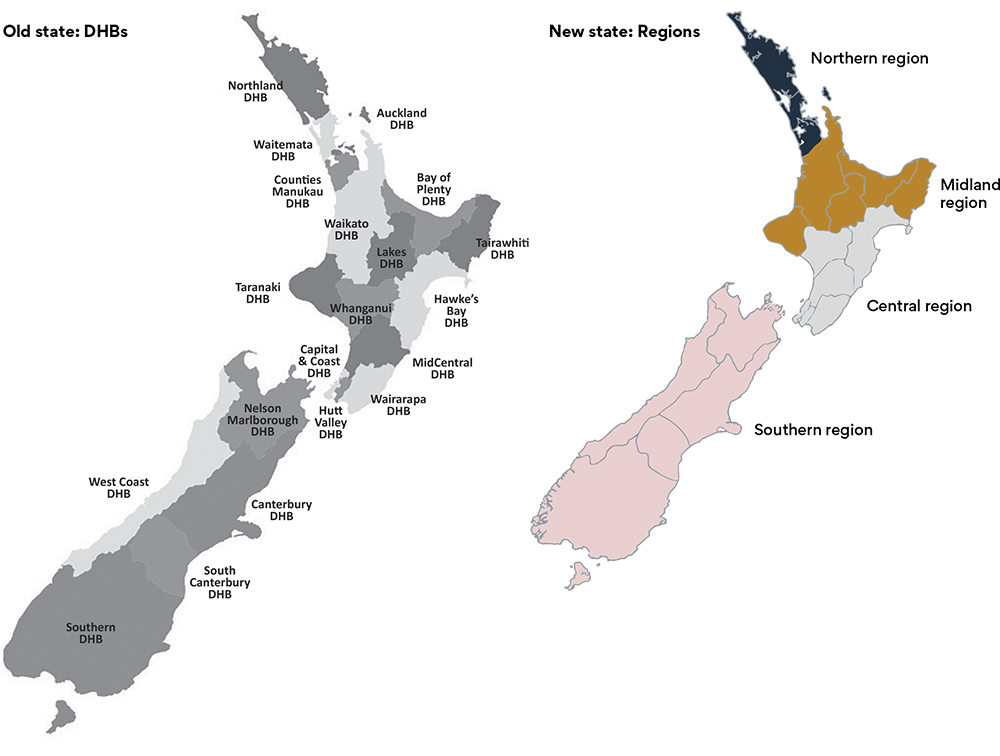
Implementation of key health documents
The Pae Ora (Healthy Futures) Act requires a number of key health documents to be developed and implemented over the coming years, to drive further reform and transformation of the health system. These include:
|
Government Policy Statement
|
New Zealand Health Strategy
|
New Zealand Health Plan
|
- To be set by the Minister of Health at least every three years
- Sets out the Government's priorities and objectives for the publicly funded health sector.
|
- To be set by the Minister of Health
- Sets health priorities for a 5-10 year period, including in respect of workforce development
- The Act specifically requires the Minister to determine the following five strategies, giving a clear indication of some of the priority areas for the new entities:
- Hauora Māori Strategy
- Pacific Health Strategy
- Health of Disabled People Strategy
- Women’s Health Strategy
- Rural Health Strategy.
|
- To be jointly developed by Te Whatu Ora and the Te Aka Whai Ora
- A three-year costed plan for the delivery of publicly funded health services, based on population health needs.
|
Localities and locality plans
- Te Whatu Ora and Te Aka Whai Ora (in consultation with relevant iwi-Māori Partnership Boards) must determine the boundaries of geographic areas (known as localities). So far, twelve localities have been confirmed, as shown in the map below
- Iwi-Māori Partnership Boards will be established by the Crown by Order in Council. Minutes of Te Aka Whai Ora's first board meeting revealed that ten of those Boards are currently up and running but no further details have been released
- While centralised planning of hospital and specialist services is a key feature of the reforms, localities will be used to arrange the provision of primary and community health services
- Te Whatu Ora must develop a three-yearly plan for each locality that sets out the priority outcomes and services for that locality.
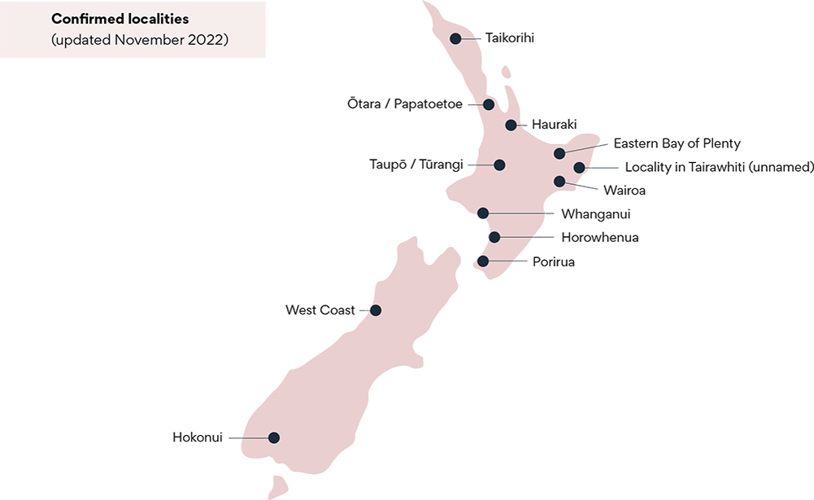
Implementation timeframes
Some key implementation dates that have been announced at this stage are:
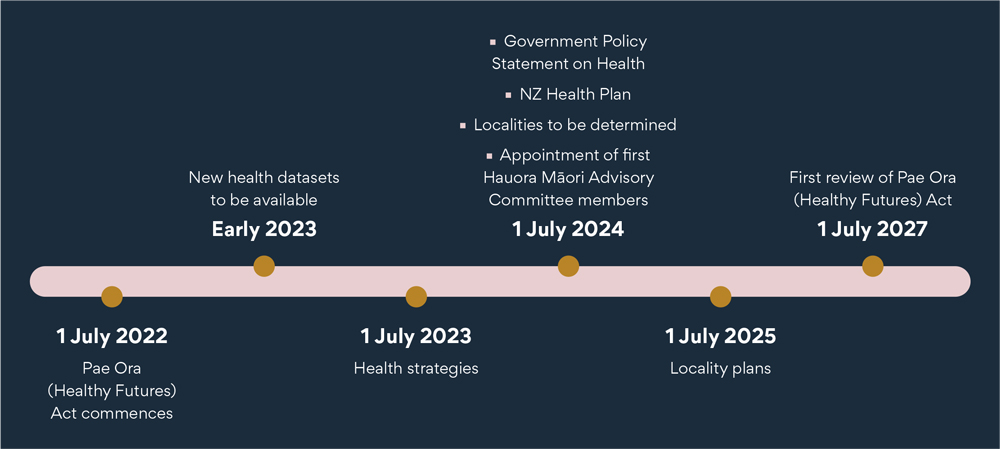
Our expertise
Buddle Findlay has been fortunate to work with Te Whatu Ora - Health New Zealand (and before that with both the Transition Unit within the Department of Prime Minister and Cabinet and interim Health New Zealand) on a wide range of establishment matters and its ongoing work programme.
You can learn more about our health sector expertise here.
Health sector reforms 2022 - download pdf















